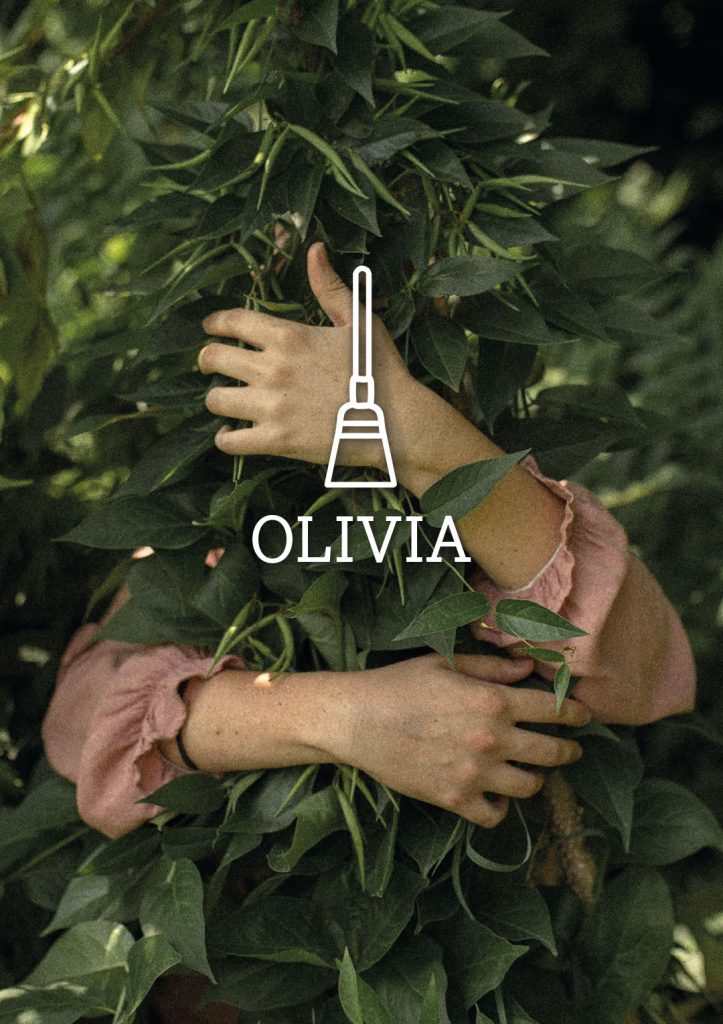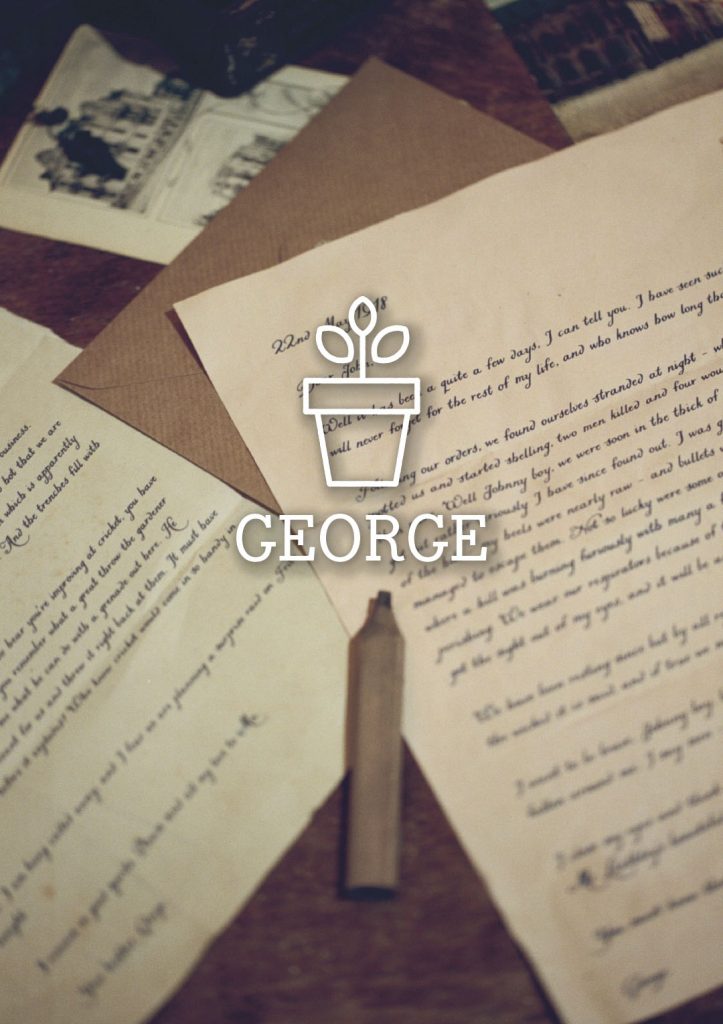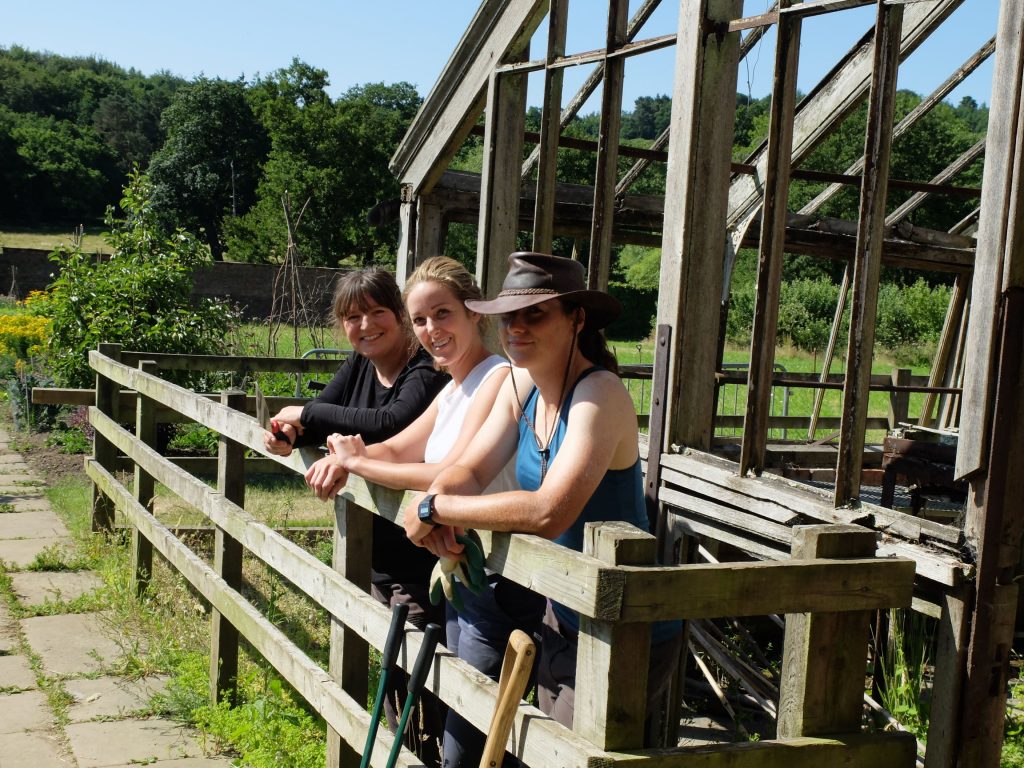 Model Allotments and Shapely Peas
Model Allotments and Shapely Peas
Britain had only 3 weeks’ worth of food supply left when the Women’s Land Army, a voluntary group, was formed in 1915 and it was to be a time that changed the role of women for good. The shift that took place 100 years ago will directly have influenced the fact that there are three full-time female gardeners in the Walled Garden today, and a team of wonderful and willing female garden volunteers.
As part of the Cultivation of Lands Order Act in 1917, which ordered farmers and land owners to plough up pastures and convert them into arable land to grow crops such as wheat, barley and potatoes, women were recruited in paid roles to take the place of men, who were fighting in their millions on the front line. By 1917 over 260,000 women were employed as labourers and farm hands.
Just prior to the war, the Allotments Act was passed, with the aim of helping households on low incomes, living in the towns and cities, to supplement their food supply by growing their own fruit and vegetables. Harewood’s Walled Garden might have been a ‘model allotment’, showcasing to the many city-dwelling women how to make a success of their food growing. Experienced horticulturists in large gardens like Harewood were often on hand to demonstrate and the focus was very much on growing crops that were highly nutritious, calorific and relatively easy to grow.
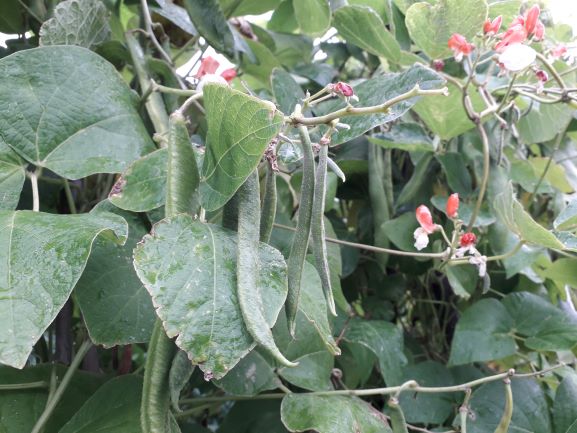 Mind Your Peas and Beans
Mind Your Peas and Beans
We’ve recreated elements of a model allotment in the Walled Garden as part of Seeds of Hope. Legumes (peas and beans) would have been an important part of the garden and remain so today, as they are incredibly versatile, being nutritious, tasty, easy to grow, and able to be eaten in many different forms; from freshly picked from the garden to dried and stored for later use in soups and stews during the winter.
In the right conditions (a wind free, sunny spot with soil rich in organic matter); sowing every two weeks; picking at least twice a week and the careful choice of early, main and late cropping varieties – growers could achieve a constant supply during the months of June to October.
Peas provide an excellent source of vitamin C – known to help increase our resistance to infection and aid the absorption of iron from leafy green vegetables. Beans provide a source of dietary fibre, necessary for keeping the digestive system in good working order.
Here in the Walled Garden we have been growing an interesting selection of some of the heritage varieties, one or two of which have some very unusual names indeed, such as ‘Nun’s Belly Button’ and ‘Lazy Housewife’!
We’ve enjoyed our exploration and discovery of peas and beans. The pea can be dried and preserved, but the bean is more versatile and a far superior crop. We have grown over a dozen heritage varieties of broad beans, French and runner beans this year, all of which we think would have probably been grown in allotments up and down the country during the First World War.
In terms of order, Broad beans would have been the first in the season to grace Britain’s dinner tables, with an early crop in June, French beans would follow, harvested as young pods, these are delicious simply topped and tailed and boiled briefly within an hour of being picked.
We have been growing ‘Blue Lake White Seeded’ a heritage climbing variety of French bean which is early maturing and produces string-less pods. It is a very decorative variety with beautiful white and yellow flowers. We started this off in the greenhouse back in May and planted out in early June once any risk of frost had gone. Another sowing was also done 3-4 weeks later, and we have been picking beans none stop for the last 2-3 months.
Probably Britain’s most favourite bean however, is the runner bean and the heritage varieties we have been growing are ‘Painted Lady‘ and ‘Scarlett Emperor’, both of which are still widely grown today, mainly due to their decorative nature. Also known as ‘Yorkshire and Lancashire’ and ‘Scarlet Runner’ due to its red and white bi-colour flowers, it is one of the oldest varieties of vegetable still available.
To show just how valuable and versatile a crop peas and beans are, here are some links to some of our favourite recipes, using them at various stages of maturity.
Here are just some of the recipes that have caught our eye…
Broad Bean and Spelt Risotto
Pan Roasted Chicken with Haricot Beans
Pea and Parsley Soup
To keep up to date with behind the scenes stories, follow us on Facebook, Twitter and Instagram.
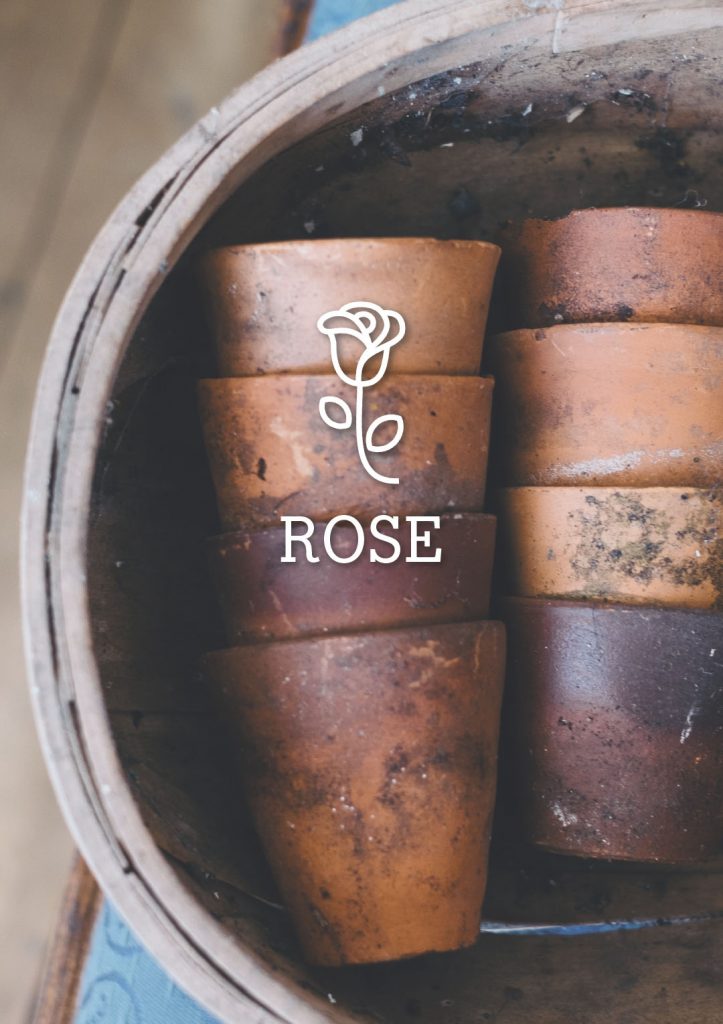 The greatest challenge to Mr Leathley’s order comes from a developing social revolution – women working the land. This threat is epitomised by Rose, a lively mother from the village who comes to work in the gardens, responding to a direct appeal from Lady Harewood. Rose faces many challenges from Mr Leathley, who seriously underestimates her strength and willpower.
The greatest challenge to Mr Leathley’s order comes from a developing social revolution – women working the land. This threat is epitomised by Rose, a lively mother from the village who comes to work in the gardens, responding to a direct appeal from Lady Harewood. Rose faces many challenges from Mr Leathley, who seriously underestimates her strength and willpower.

